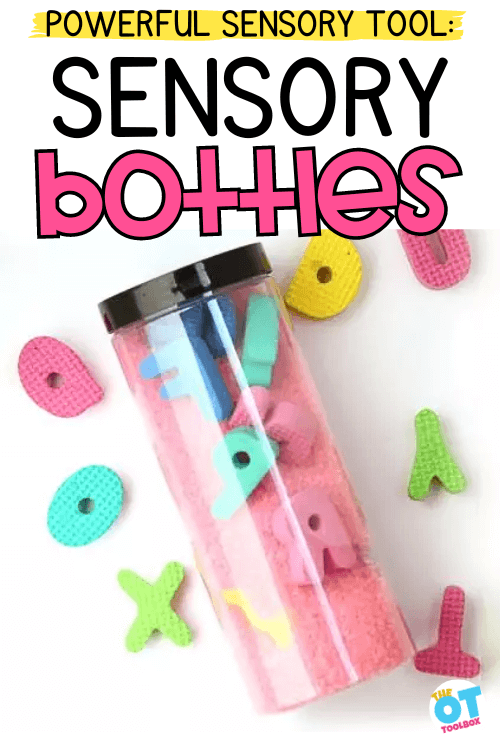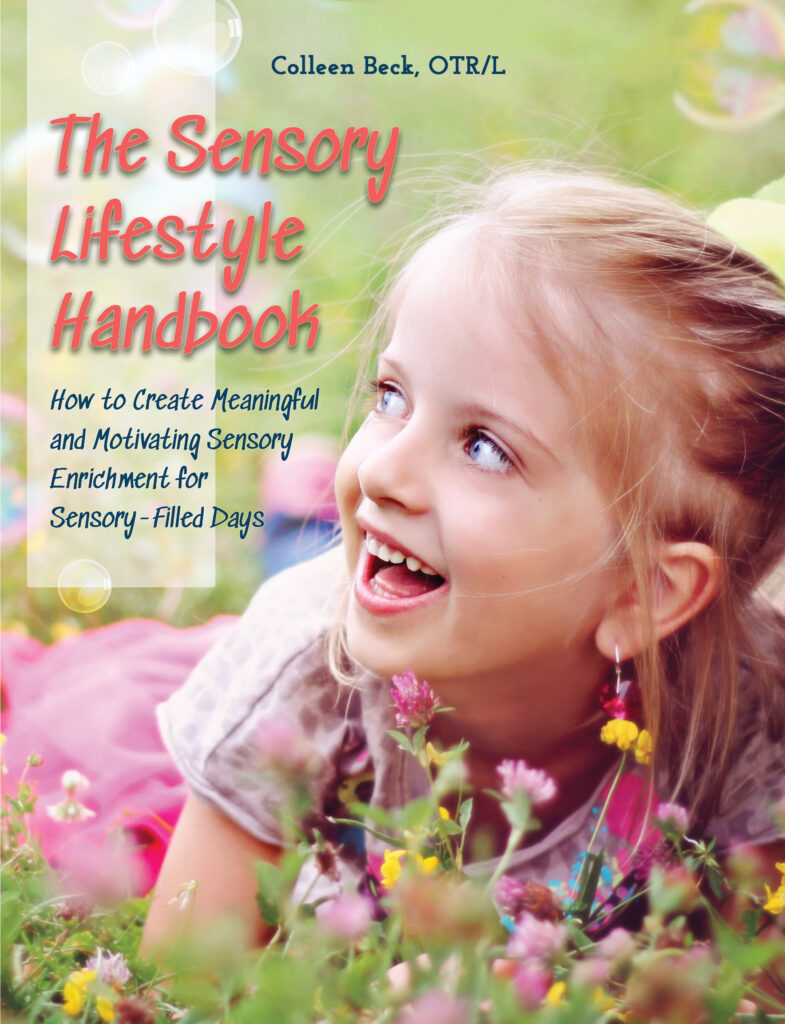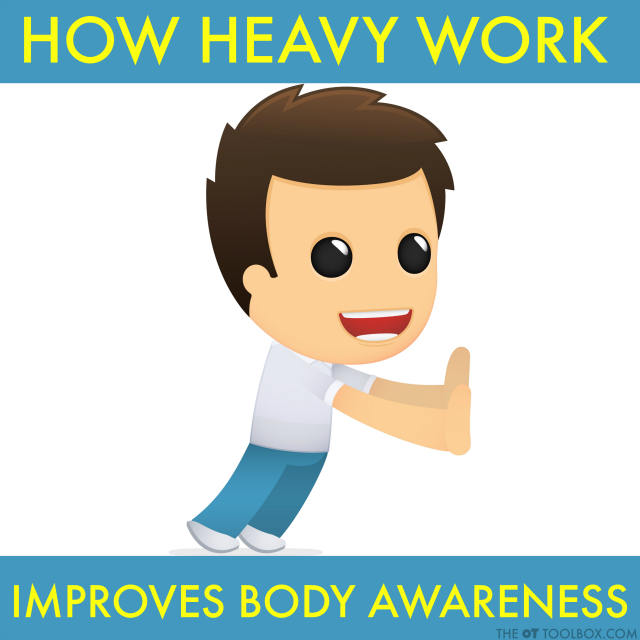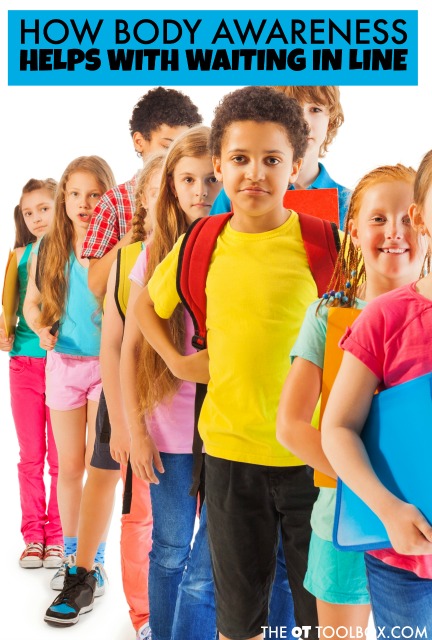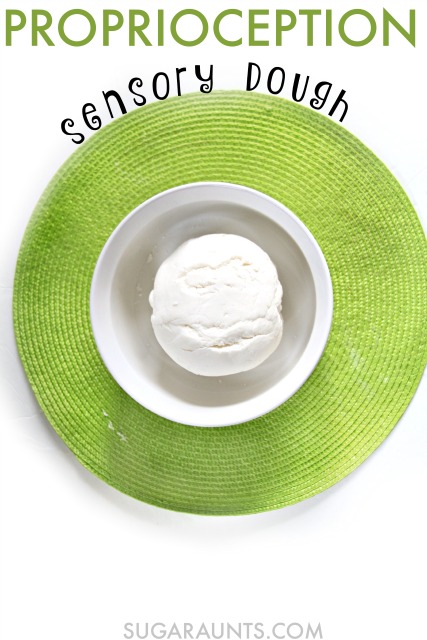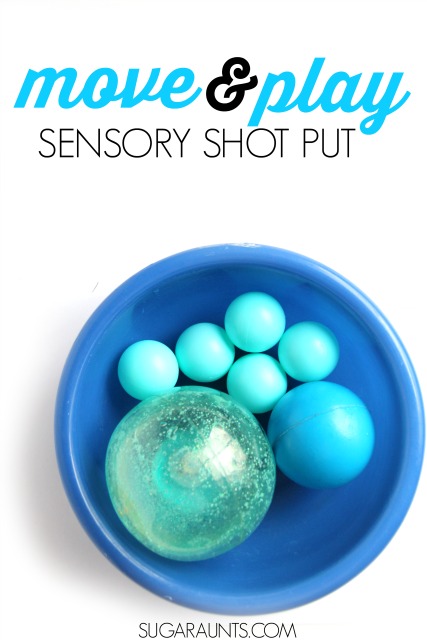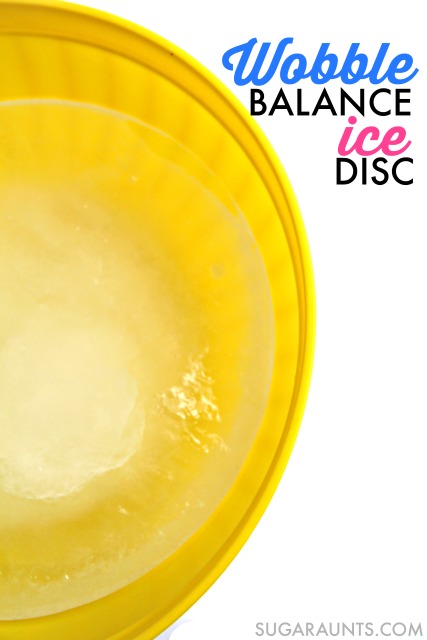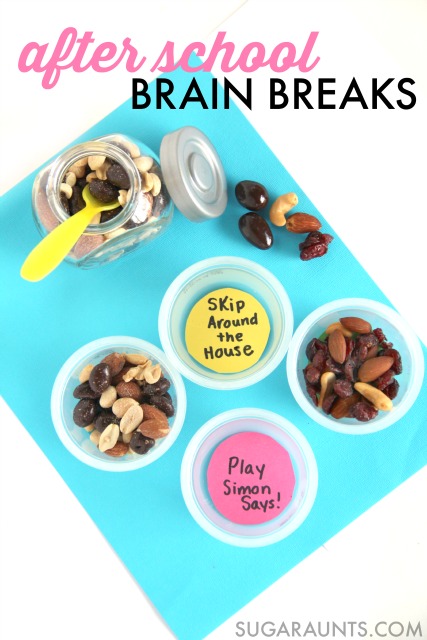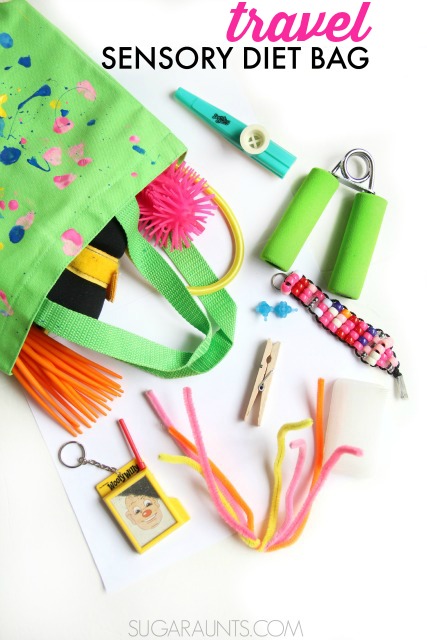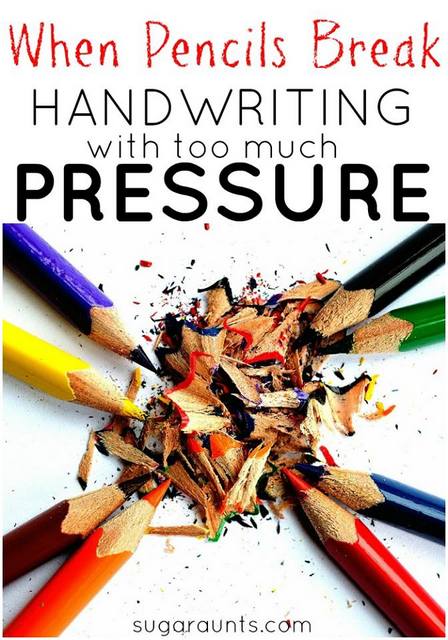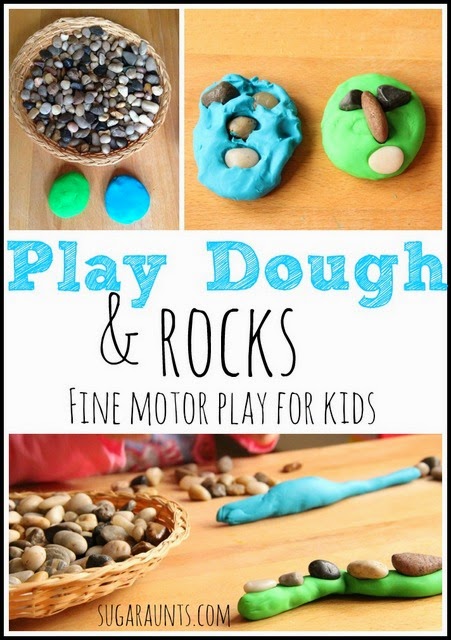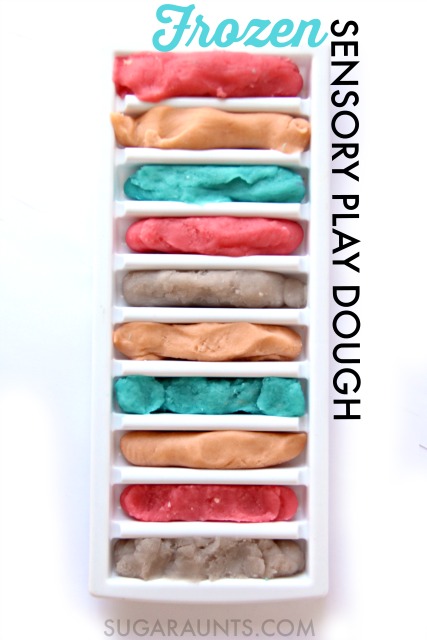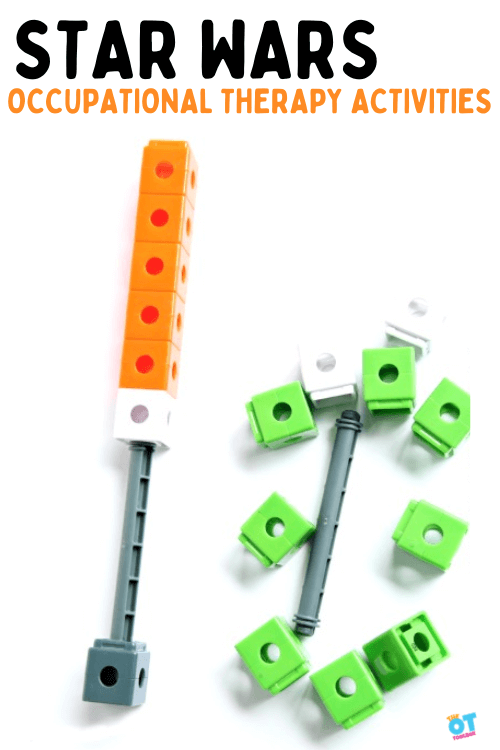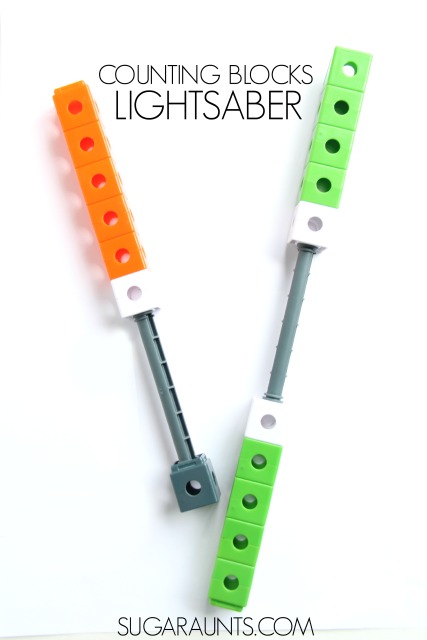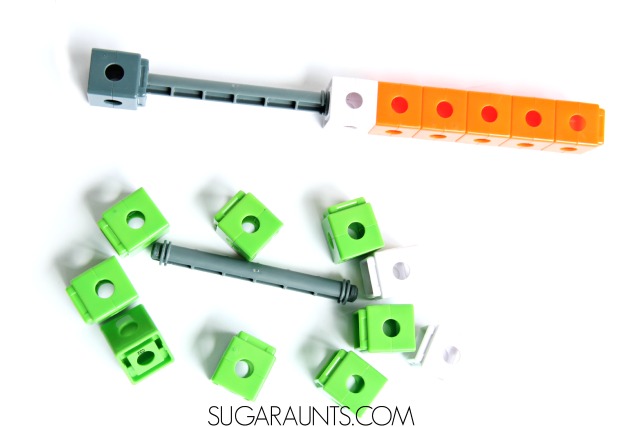Kids love finger plays and action rhymes. You know the ones, right? Here, we’re sharing nursery rhymes with actions that support development including gross motor coordination, bilateral coordination, and body awareness. These movement and rhyme phrases and songs that fill every childhood, preschool classroom, and library story time are a classic part of childhood.
Rhymes with action movements inspire rhythm and rhyming skills, but there is more than that: They are engaging, fun, and repetitive ways to work on motor development.
These nursery rhyme actions are great additions to nursery rhyme crafts!
nursery rhymes with actions
But, did you know that action rhymes help with childhood development? Childhood development and action rhymes go hand-in-hand so to speak. Kids learn and grow by moving and repeating and then independently saying and singing rhymes that many kids could sing along to.
What are some ways that childhood development and action rhymes help a child grow?
Action rhymes are a great way to address skills such as:
- body awareness
- motor planning
- motor skills
- gross motor coordination
- visual motor skills
- eye-hand coordination
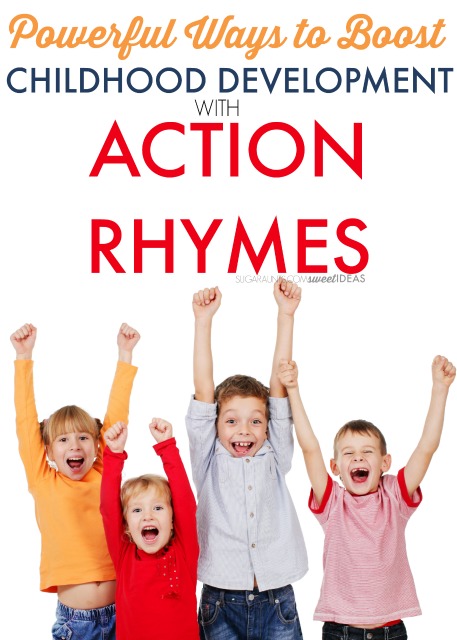
This post contains affiliate links.
Looking for brain break videos for the classroom or home? Here are the best brain break videos on YouTube.
What are action rhymes?
Action rhymes are movement songs or nursery rhymes with movement.
They might be gross motor activities like “I’m a Little Teapot” or “Duck, Duck, Goose”. Or, they might be a fine motor activity like “Eensy Weensy Spider” or “Where is Thumbkin”.
There are so many nursery rhymes with actions out there that preschool classrooms are using or even making up to suit their needs, but one thing is common with all action rhymes; They have sing-song phrases and involve movement.
Fine Motor Action Rhymes:
- Where is Thumbkin?
- Creep Them, Creep Them
- Bringing Home a Baby Bumble Bee
- 5 in the Bed
- Eensy Weensy Spider
Gross Motor Action Rhymes:
- Wheels on the Bus
- I’m a Little Teapot
- Duck, Duck, Goose
- Farmer in the Dell
- If You’re Happy and You Know It
- Head, Shoulders, Knees, and Toes
- We’re Going on a Bear Hunt
- 5 Little Monkeys Jumping on the Bed
- Grand Old Duke of York
How to use nursery rhymes with actions to build childhood development?
Action rhymes and finger plays are perfect for the 18-24 month age range and the preschool years when so much development is occurring.
Consider all the ways a toddler or preschooler are developing: fine and gross motor skills, language, cognitive, social-emotional…these years are full of natural progression with development going through the roof!
Childhood Development and Action Rhymes
There are so many ways that nursery rhymes with actions help to build childhood development in a healthy way:
- Fine Motor Skills– Use the fingers and hands to build dexterity, eye-hand coordination, and finger isolation through movement. Encourage kids to follow along with the fine motor action rhymes listed above to improve dexterity and fine motor control.
- Gross Motor Skills– Using the trunk, legs, and shoulders builds strength in the limbs and core muscle strength needed for attention and focus. Read more developing core strength through movement rhymes here.
- Social/Emotional Development– Striving for independence, asserting ones independence, engaging with peers, and an emerging awareness of ones own body and a sense of awareness of others is developing and growing in the toddler and preschool years. Action rhymes in a group setting promote all of these areas. Encourage kids to connect with other children and adults by pairing up kids to perform action rhymes in small groups of kids.
- Speech and Language Development– The toddler and preschool age sets are flourishing in language skills. There is a huge opportunity for developing and building skills through repetitive action rhymes. Children can be encouraged to develop these skills when encouraged to participate in verbal exchanges. Further promote communication skills by asking questions about the rhymes.
- Spatial Concepts– Important for awareness of ones self and position in space, as well as in visual motor integration tasks like handwriting, action rhymes allow children to explore position in space through movement. Encourage development and understanding of front/back, over/under, top/bottom, etc. Try this action rhyme trick: when a spatial term is mentioned in an action rhyme, try pointing in the direction instead of saying the words or phrases.
- Attention Span– Action rhymes allow kids to focus for a period of time on a teacher as well as peers individual and group action rhyme activities. Encourage longer attention by increasing time spent singing action rhymes. Lead into a group activity with action rhymes or use them as a tool to take a break during seated tasks or classroom activities that require focus and attention.
- Cognitive Development– Using action rhymes, children are introduced to concepts such as numbers, colors, shapes, sizes, names, letters, and more. Concrete concepts of the toddler and preschool years can be enhanced to more abstract ideas through cognitive development using sensori-motor components of action rhymes. Movement and learning are very well connected and action rhymes add a sing-song rhyming component as well. Additionally, concepts such as patterning, sequencing, and cause-effect are addressed through action rhymes.
- Self-Concept– Action rhymes provide an opportunity to learn about body parts. Encourage kids to learn about their body parts with action rhymes like, “If You’re Happy and You Know It”
- Behavior Development– Action rhymes promote movement and an appropriate opportunity for students to get wiggles and fidgets out in a classroom setting. Following the rhyme actions, kids can discover how they can move their body in purposeful ways.
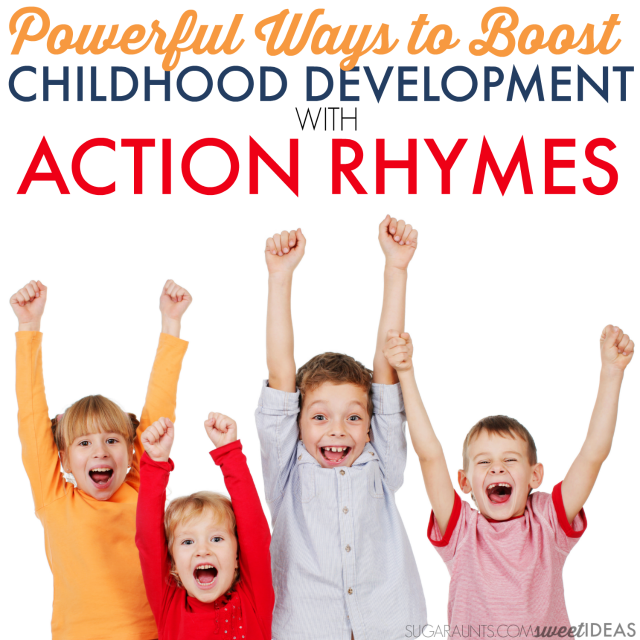
What are some favorite action rhymes in your classroom, home, or clinic?
More movement and development ideas you will love:
- Dinosaur Gross Motor Movement Game
- Crossing Midline March
- Brain Gym Bilateral Coordination
- Gross Motor Apple Tree Balance Beam
- How Balance Beams Help Kids
- Core Strength and Attention
The Sensory Lifestyle Handbook walks you through sensory processing information, each step of creating a meaningful and motivating sensory diet, that is guided by the individual’s personal interests and preferences.
The Sensory Lifestyle Handbook is not just about creating a sensory diet to meet sensory processing needs. This handbook is your key to creating an active and thriving lifestyle based on a deep understanding of sensory processing.




Colleen Beck, OTR/L has been an occupational therapist since 2000, working in school-based, hand therapy, outpatient peds, EI, and SNF. Colleen created The OT Toolbox to inspire therapists, teachers, and parents with easy and fun tools to help children thrive. Read her story about going from an OT making $3/hour (after paying for kids’ childcare) to a full-time OT resource creator for millions of readers. Want to collaborate? Send an email to contact@theottoolbox.com.

